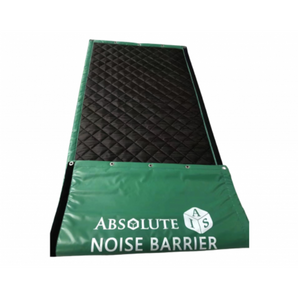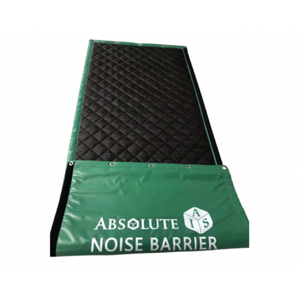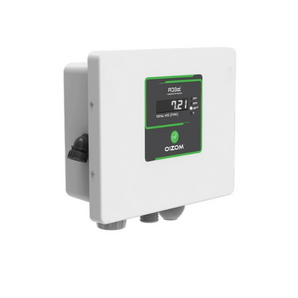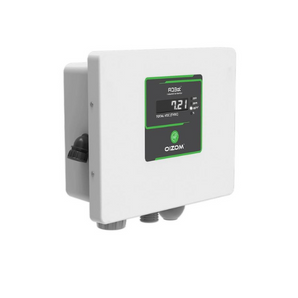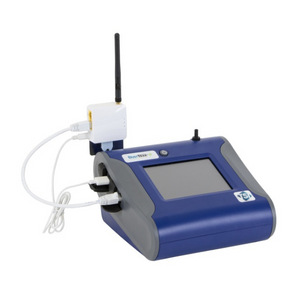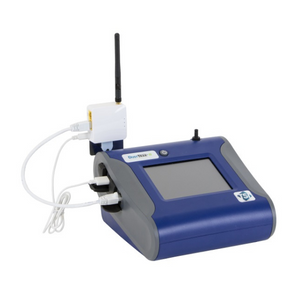Dosimeters are more than just technical tools; they are essential for protecting workers in the noisiest industries. Noise-Induced Deafness (NID) remains one of the most reported occupational diseases in Singapore, affecting workers in shipyards, manufacturing plants, and logistics hubs.
According to the Workplace Safety and Health Council (WSHC), hundreds of NID cases are reported each year, with a noticeable increase in industries where heavy machinery and continuous operations dominate. In many cases, hearing loss is irreversible, and the damage often goes unnoticed until it is too late.
This is where dosimeters play a vital role, helping companies monitor and manage personal noise exposure before it turns into a long-term health risk.
Understanding Noise-Induced Deafness (NID)
NID develops gradually as workers are exposed to excessive noise levels over prolonged periods. In Singapore, noise levels exceeding 85 dBA are considered hazardous if exposure is continuous without hearing protection or proper monitoring.
The consequences go far beyond hearing loss. Workers with impaired hearing face reduced situational awareness, making them more prone to workplace accidents. In industries like shipbuilding and logistics, where moving equipment and heavy vehicles are common, this risk is amplified.
Without early detection and preventive measures, NID can affect both the quality of life for employees and operational efficiency for employers, leading to higher insurance costs, regulatory scrutiny, and even legal liabilities.

Dosimeters in Noise Monitoring
Unlike simple sound level meters that measure noise in a specific location, dosimeters are worn by workers throughout their shift, capturing real-time data on personal noise exposure.
This approach provides:
-
Individualized data – Each worker’s exposure is tracked accurately.
-
Compliance evidence – Readings help meet Workplace Safety and Health (Noise) Regulations in Singapore.
-
Actionable insights – Safety officers can implement targeted measures, such as rotating workers or enhancing hearing protection programs.
By using dosimeters, companies move from reactive assessments to proactive prevention, ensuring workers are safeguarded before damage occurs.
Industries in Singapore that cannot ignore dosimeter monitoring
-
Manufacturing Plants – Constant machinery, cutting tools, and assembly lines create sustained high-decibel environments.
-
Shipbuilding and Marine Engineering – Welding, grinding, and heavy hammering expose workers to fluctuating and unpredictable noise levels.
-
Logistics and Warehousing – Forklifts, conveyor systems, and loading operations generate noise that can accumulate to harmful exposure.
In all these sectors, a dosimeter program is not just a regulatory necessity but a critical investment in worker health and operational safety.
Dosimeters from Absolute Instrument System
At Absolute Instrument System, we provide reliable noise monitoring solutions designed to help businesses in Singapore stay compliant and protect their workforce.
SV 104 Personal Noise Dosimeter
Compact, durable, and designed for personal use, the SV 104 captures real-time noise exposure data with high precision. Its audio recording feature also helps identify specific noise sources, supporting targeted mitigation.
SV 971 Class 1 Sound Level Meter
The SVAN 971 is one of the smallest Class 1 sound level meters on the market, designed for precision noise measurements in industrial, occupational, and environmental settings. Despite its compact size, it offers full compliance with IEC 61672-1 standards and delivers real-time data on sound exposure.
Using these tools together allows companies to develop effective hearing conservation programs, document compliance, and reduce long-term liabilities.
Beyond Compliance, A Culture of Hearing Safety
Implementing dosimeter-based monitoring goes beyond meeting regulatory requirements—it signals a commitment to employee well-being. Companies that invest in noise monitoring often see:
-
Lower incident rates and absenteeism
-
Improved worker morale and retention
-
Stronger reputation for safety and ESG performance
When employees see their employer actively monitoring and reducing exposure, trust and accountability grow, creating a safer and more productive workplace.

Conclusion
Noise-Induced Deafness is preventable, yet it remains a leading occupational disease in Singapore. By deploying dosimeters and integrating continuous noise monitoring into daily operations, industries can protect their workforce, maintain compliance, and avoid long-term costs.
If your workplace operates in high-noise environments, the time to act is now. Equip your team with SV 104 Dosimeters and SV 971 to build a data-driven, preventive safety culture.



